Requirements Gathering Techniques: The Ultimate 6 Step Guide
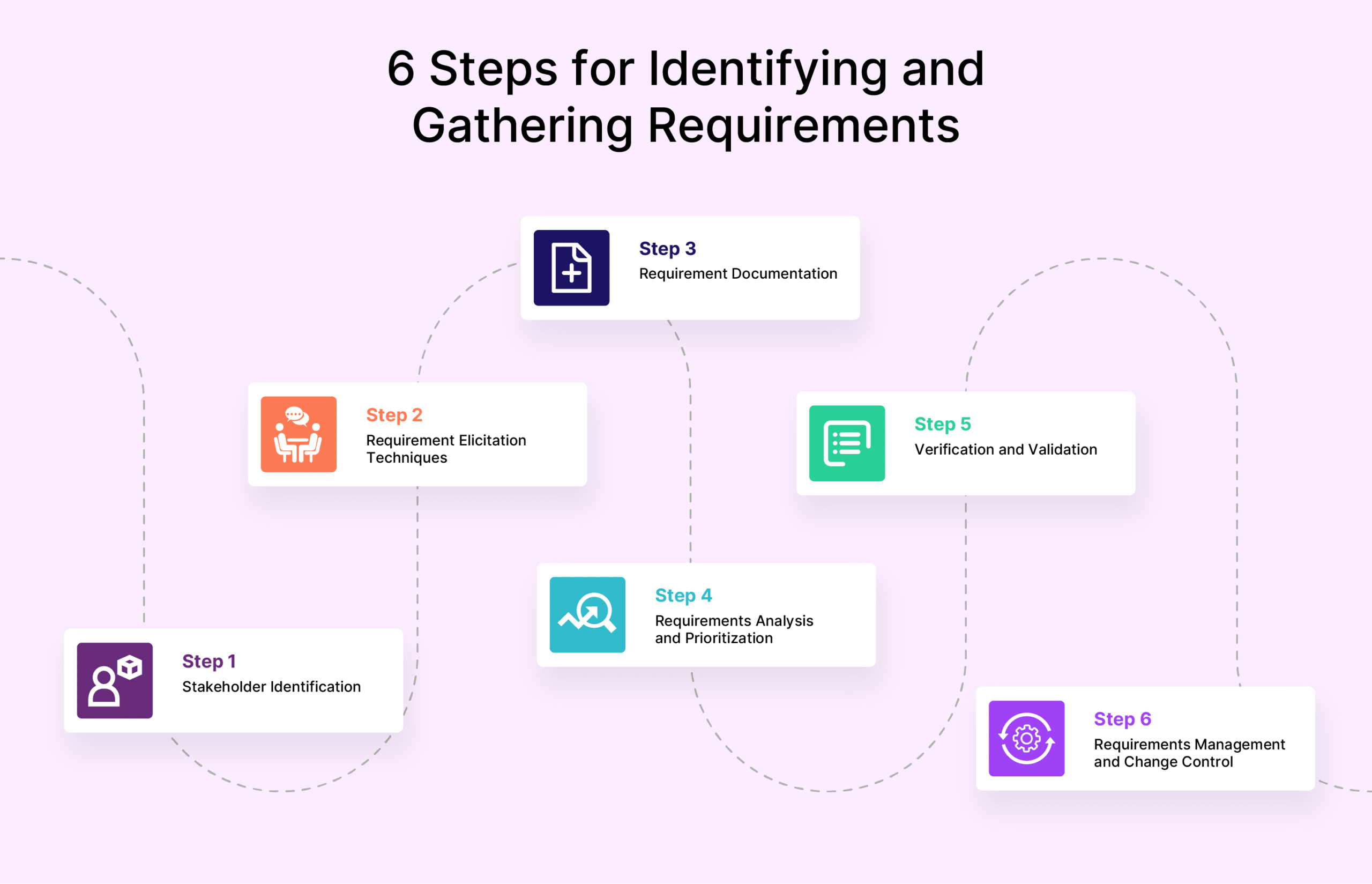
- Arunabh Satpathy
- July 10, 2024
- 9 minutes
Requirements gathering is the process of defining what a project needs to achieve by collecting detailed information on stakeholders’ needs. It is essential as it forms a project’s foundation and helps teams avoid misunderstandings and manage scope. AI has transformed this process, introducing new tools and efficiencies. This post outlines a six-step approach to effective requirements gathering and introduces new AI technologies that can accelerate your requirements gathering process.
Table of Contents
Related Articles
1. Why is Requirements Gathering Important?
Effective requirements gathering directly influences the success of a project. According to NASA, projects that spent less than 5% of total project or program costs on the requirements process experienced an 80% to 200% cost overrun. In contrast, those that invested 8% to 14% experienced less than a 60% overrun.
So, requirements gathering is important because:
- It determines how well the development team understands the project scope and stakeholder expectations, which affects project planning, execution, and satisfaction of the final deliverables.
- It ensures efficient resource use.
- It reduces failure risk.
- It enhances stakeholder communication.
- It increases project success rate.
- Good requirements gathering effectively mitigates risk.
On the flipside, poor requirements gathering techniques can seriously affect project outcomes:
- Increased Costs: If the requirements are not clear, the project may need more resources or time to complete, leading to increased costs.
- Project Delays: Unclear or changing requirements can cause delays as the team may need to redo work. In some inefficient projects, requirements gathering can take up to 25% of the project’s total length.
- Poor Quality of Final Product: If the team doesn’t have a clear understanding of what they’re building, the final product may not meet the expected quality standards.
- Low User Satisfaction: If the final product doesn’t meet user needs due to poor requirements gathering, user satisfaction will be low.
- Project Failure: In extreme cases, ineffective requirements gathering can cause project failure, which means wasted time and money and disappointed customers.
Reputation Damage: Repeated project failures or poor-quality deliverables can damage the reputation of the team or organization.
2. What are the Stages of Requirements Gathering?
Step 1 - Stakeholder Identification
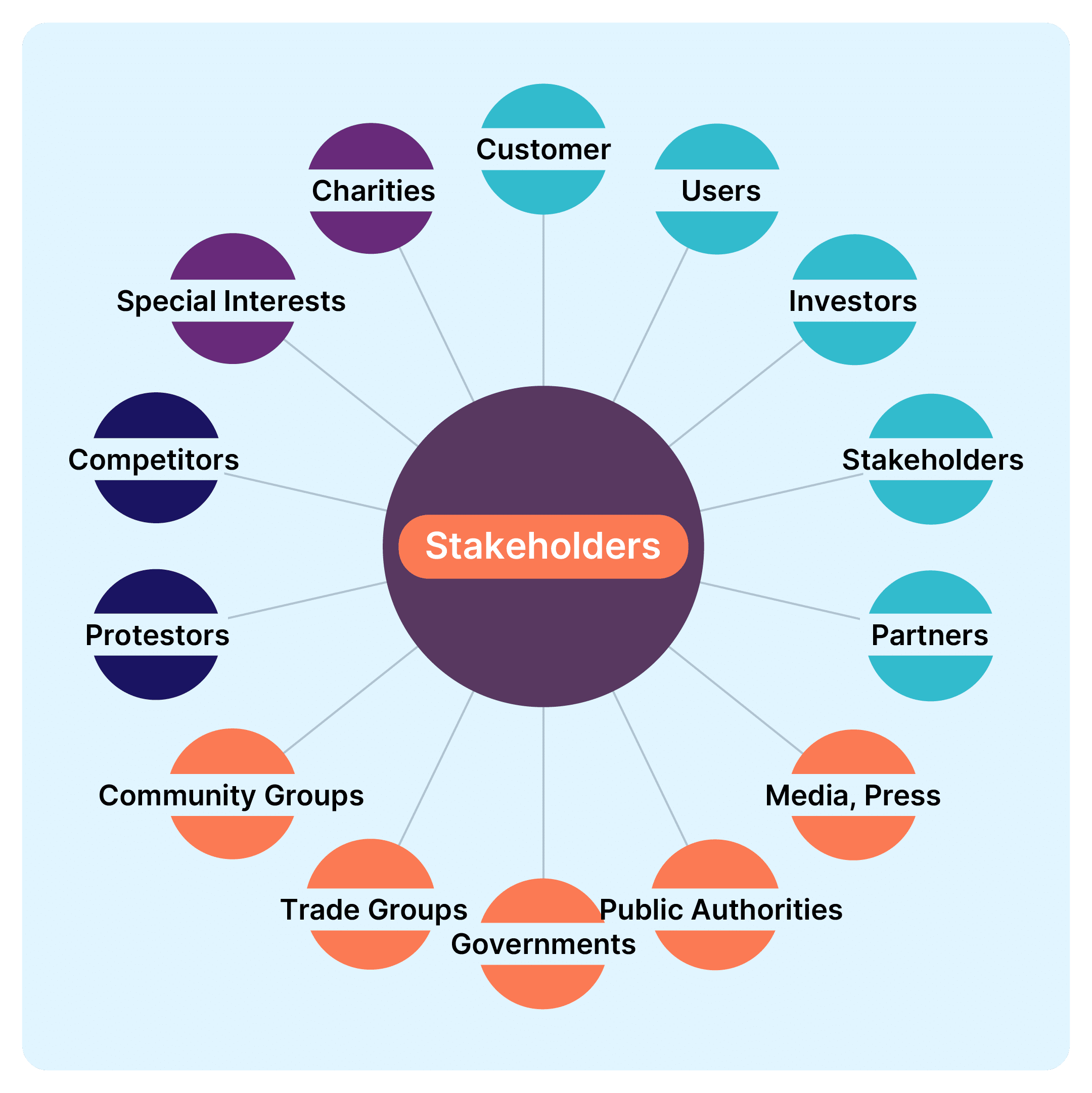
Identifying who the stakeholders are at the beginning of a project is crucial. Stakeholders can be classified into primary, secondary, and tertiary groups, depending on their direct impact and influence on the project. Effective engagement strategies include stakeholder interviews, targeted workshops, and regular communications to ensure their ongoing involvement and commitment.
Step 2 - Requirements Elicitation Techniques
Requirements elicitation is the process of collecting information from stakeholders to define the detailed project requirements. Techniques include interviews, surveys, focus groups, and direct observations. Recently, AI tools like have started automating this process, making it more efficient and comprehensive. Selecting the right elicitation technique depends heavily on the project’s scope and the availability of stakeholders.
- Interviews: A common and direct technique where stakeholders are asked questions to understand their needs and expectations.
- Brainstorming: A group and creative technique used to generate new ideas and find solutions for specific issues, involving domain experts, subject matter experts, and stakeholders.
- FAQs: Lists of prewritten questions that you can adapt to your specific project needs.
- Focus Group: A subjective and moderated technique where a group of people are asked about their perceptions, opinions, beliefs, and attitudes towards a product, service, concept, or idea.
- Stakeholder Analysis: This technique identifies and prioritizes the stakeholders who will be impacted by the system.
- Laddering: A structured and hierarchical technique used to understand the relationships between different requirements.
- Quality Function Deployment: A customer-oriented and matrix-based technique used to translate customer requirements into technical requirements for a product.
- Surveys/Questionnaires: A large-scale and quantitative technique used to collect data from many respondents using a predetermined set of questions.
- Document Analysis: An analytical technique that involves reviewing existing documentation of a system to gather requirements.
- AI Requirements Elicitation: A new technique leveraging generative AI solutions like Copilot4DevOps to generate requirements, diagrams, use cases, test cases, SOPs, documents, user stories, and more.
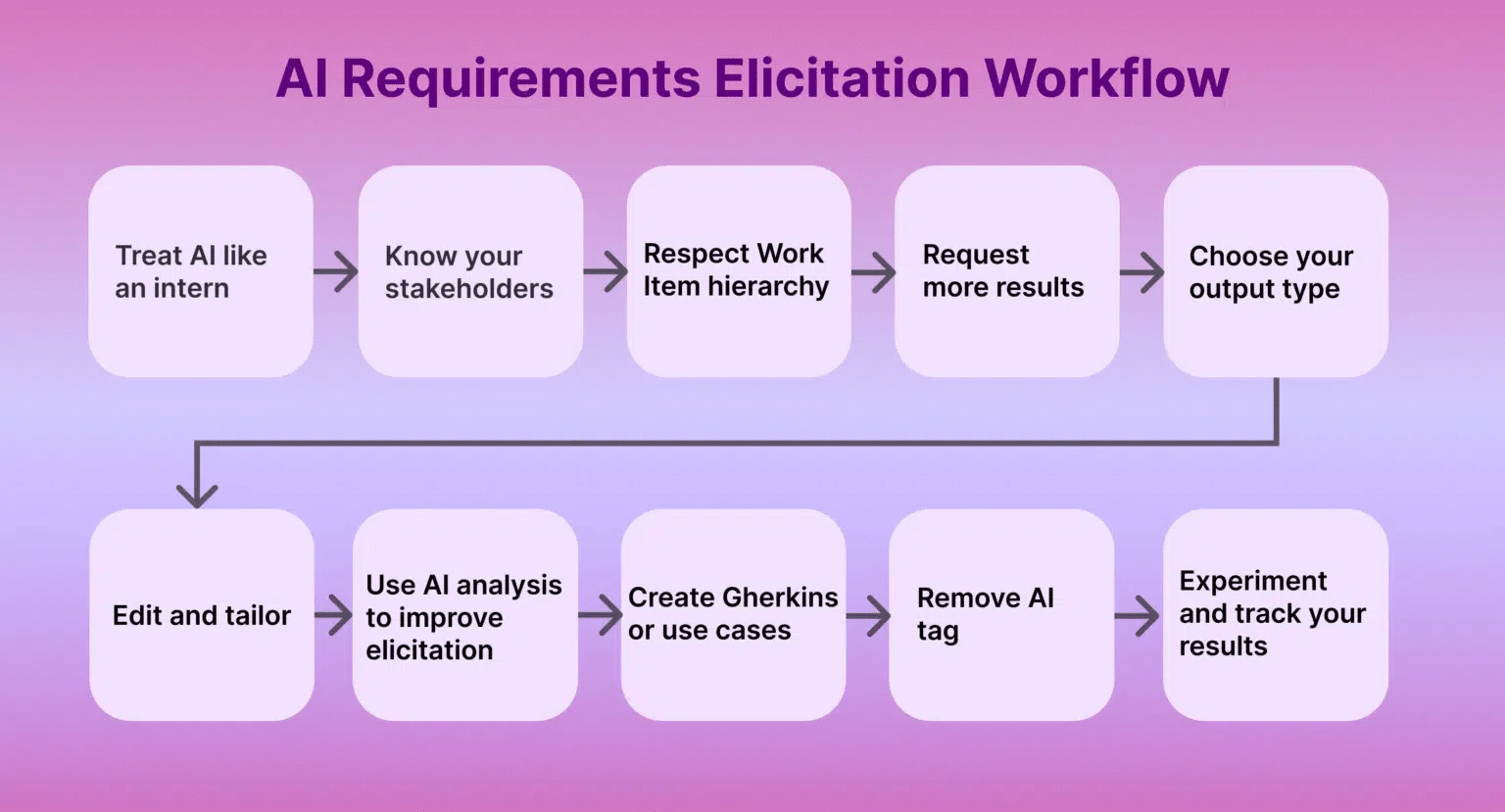
Step 3 - Requirements Documentation
Documenting requirements is essential for maintaining clarity and ensuring all team members are aligned. This can include user stories, use cases, or detailed business requirement documents. Teams and organizations use several different methodologies like Agile, Business Process Modeling Notation (BPMN), Gantt Charts, Flowcharts, Gap Analysis, Prototyping, and more during their requirements documentation process.
Typically, documentation is a cumbersome process filled with errors and inefficiencies. Even with commonly available requirements management solutions, copy-pasting requirements can be tedious cumbersome. This is especially true when working with large and complex projects on ALM tools like Azure DevOps.
But sometimes the tools available may not fulfill the needs of workers like BAs, QAs, developers, project owners etc. Documentation within Azure DevOps usually involves copy pasting to and from Word documents. Foldering is difficult as is report generation. Modern Requirements4DevOps fills this gap by providing award-winning documentation and requirements management tools natively within Azure DevOps. Good documentation is crucial for effective project planning and execution and there are several tools available that can help you do just that.
1. Smart Docs: this is an online document authoring system built directly into Azure DevOps, designed to replace Microsoft Word for managing requirements. It has a similar interface to Word, which helps reduce copying and pasting into Azure DevOps from outside.
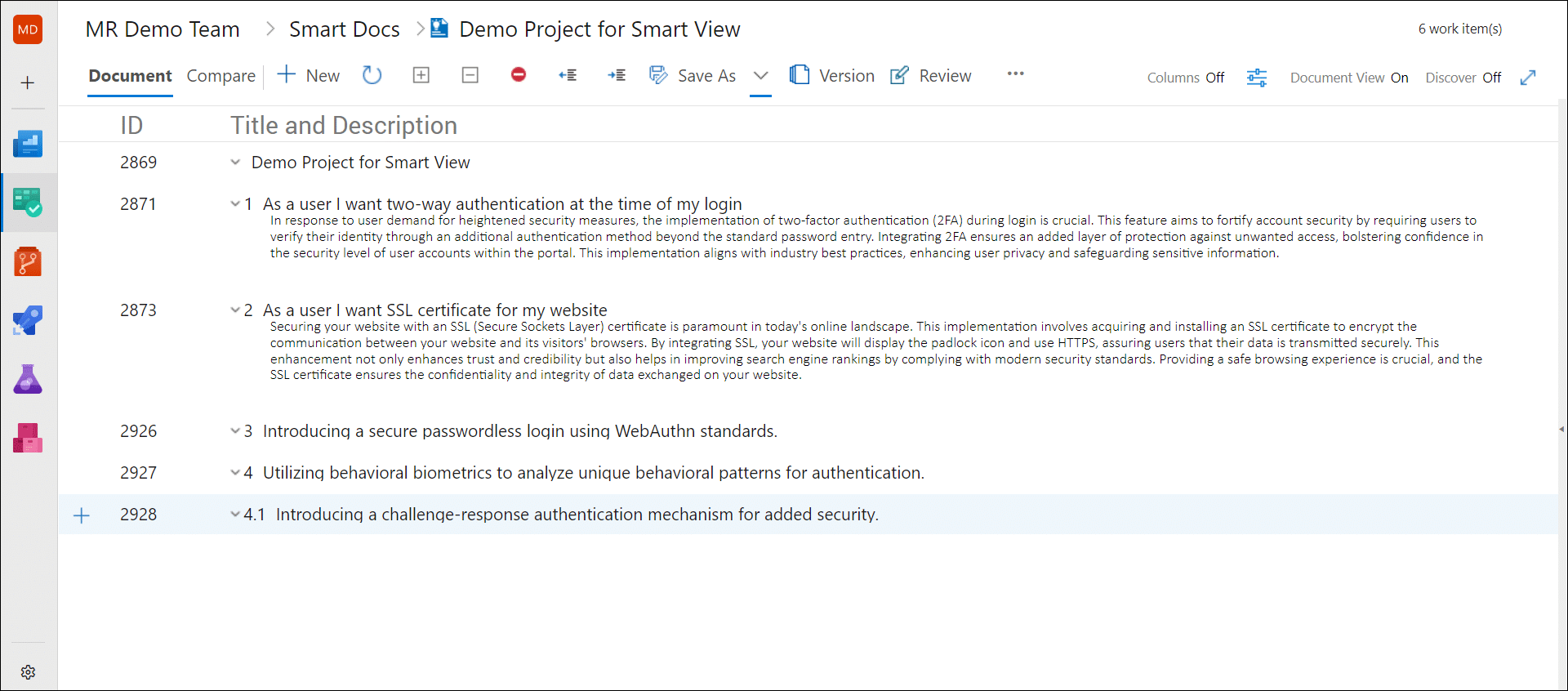
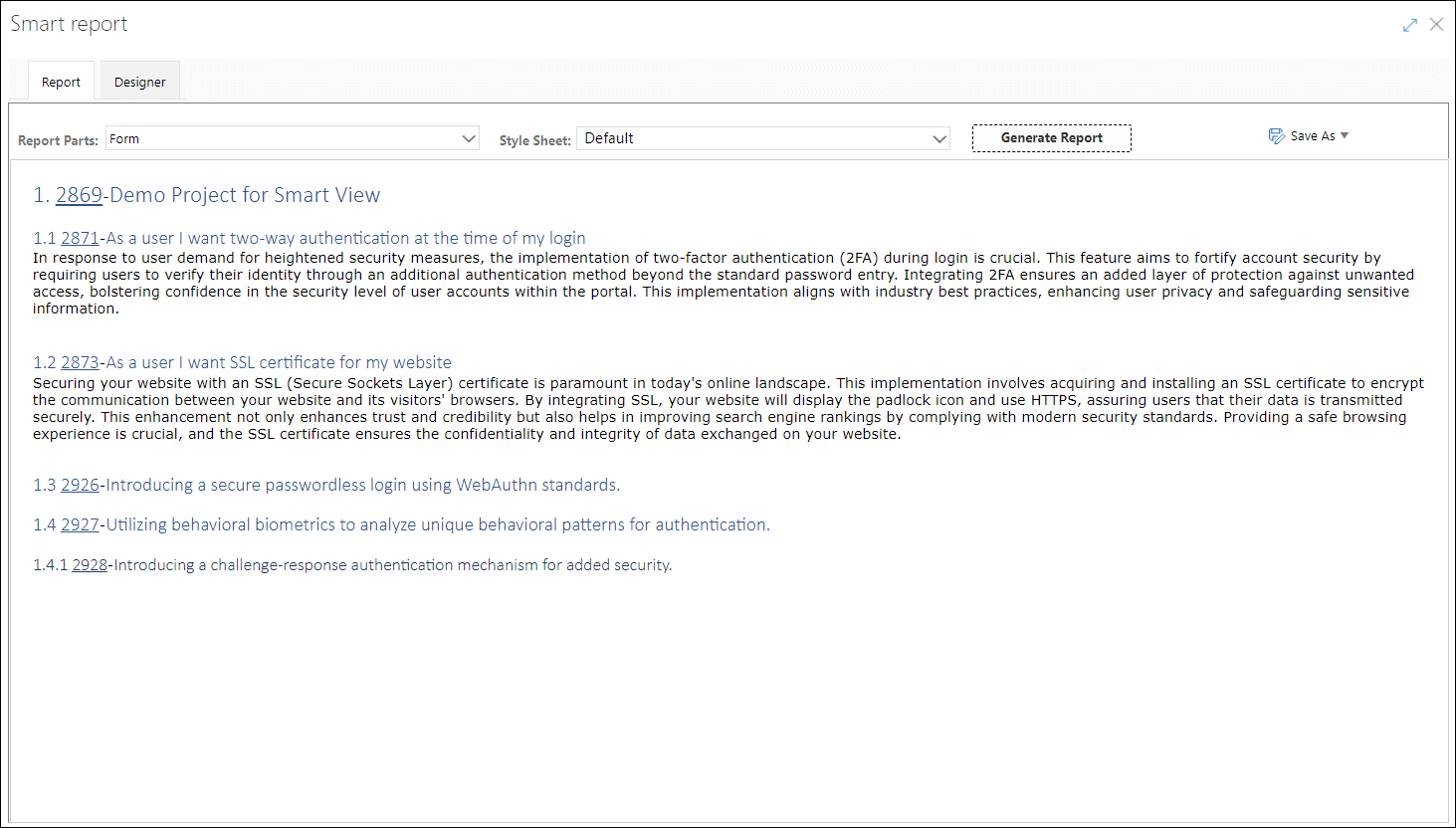
3. Document Management: It simplifies and optimizes Azure DevOps document management, with features like uploading/downloading, check-in and out, and other foldering capabilities. It helps address inefficient workflows, poor version control, and collaboration bottlenecks.
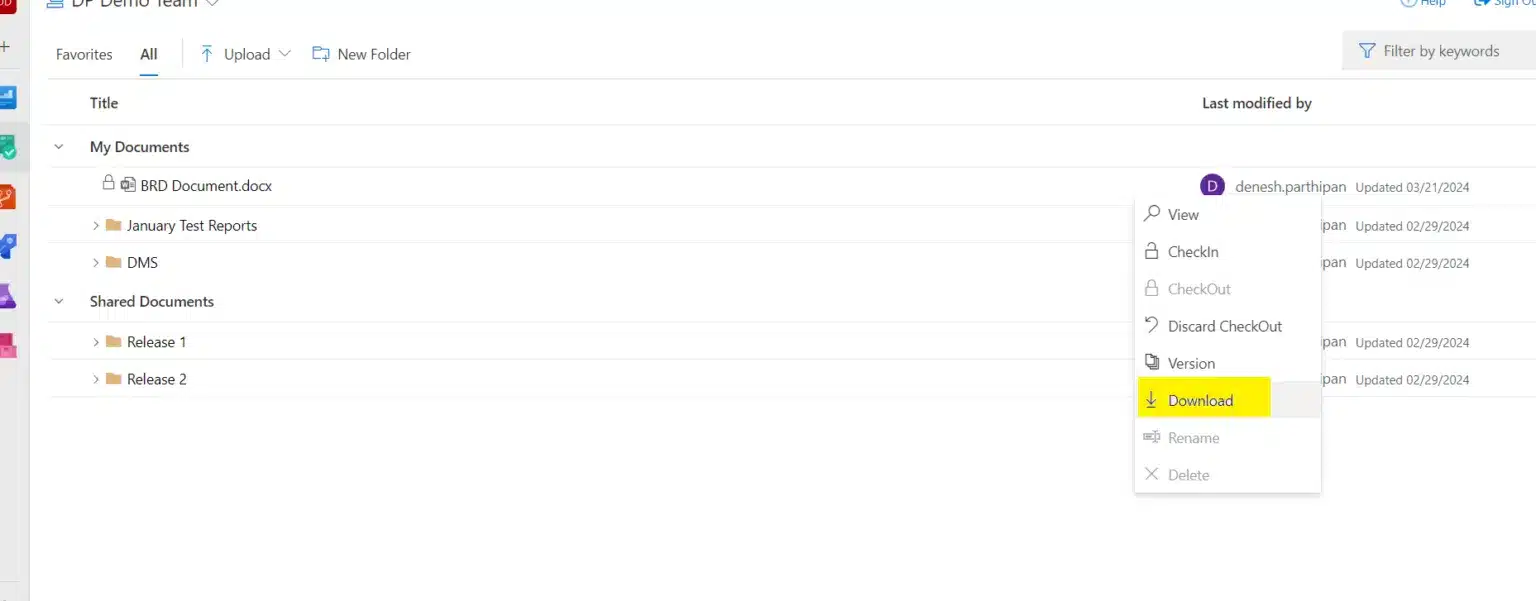
4. AI Document/SOP Generation: You can generate professional documents and Standard Operating Procedures (SOPs) from prompts and work items using AI tools like Copilot4DevOps. The types of documents you can generate include Product Requirements Documents (PRDs), Business Requirements Documents (BRDs), requirement specifications, standard operating procedures (SOPs), and more. You can also provide applicable industry standards and product types. You can also edit and save your high-quality artifacts in Word, PDF, or directly as work items.
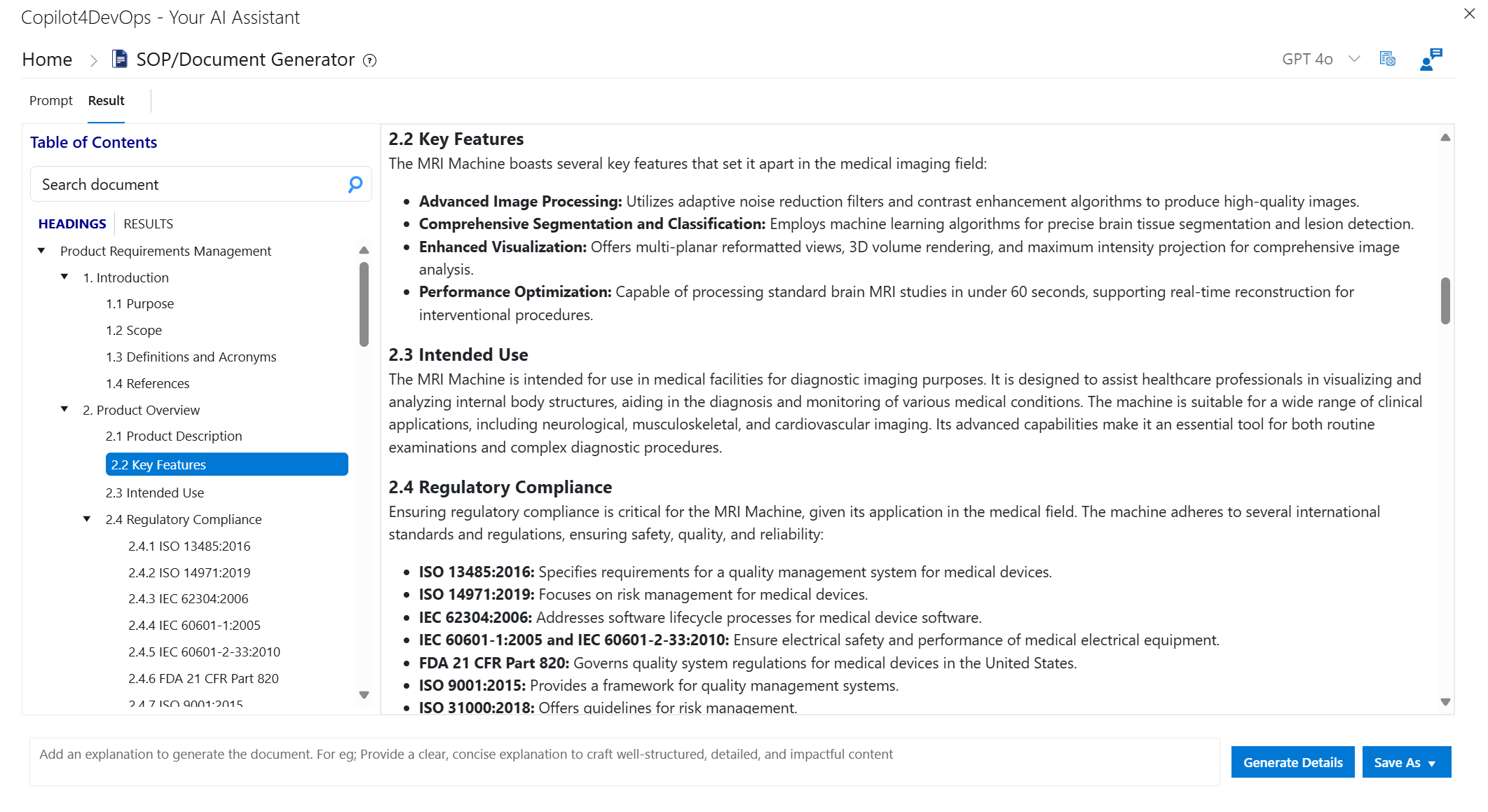
Step 4 - Requirements Analysis and Prioritization
Once you gather and document requirements, you must analyze and prioritize them. A simple low-mid-high priority list of requirements is usually effective. But some teams use specific techniques based on their project needs, like:
- The 100-Dollar Test: this involves giving team members a hypothetical budget of $100 and asking them to allocate money to different features based on their perceived value. It forces your team to make tradeoffs and focus on what is important.
- The Kano model: Kano categorizes requirements five ways: Must-Be, One-Dimensional, Attractive, Indifferent, and Reverse. This helps teams prioritize features that differentiate the product in the market.
- Pairwise Comparison: This technique compares requirements in pairs and asks your team to assign priority values to each feature. Its outcomes are similar to the 100-Dollar test.
- MoSCoW method: This method divides requirements in a way like the Kano model: Must-Have, Should-Have, Could-Have, and Won’t-Have. But it is different in that it pushes teams to focus on the features that are critical for the project’s success while deprioritizing those that aren’t essential.
Copilot4DevOps method: New artificial intelligence tools can help your teams prioritize requirements faster through deep analysis of thousands of requirements. Instead of manually sifting through requirements, your team can spend time on more important high-level tasks. For instance, Dynamic Prompts can prioritize several thousand requirements in a few seconds.

Step 5 - Verification and Validation
This stage is crucial because stakeholders must agree that the gathered, documented, and prioritized requirements meet their needs. It is the final step where teams can adjust, change, add, or remove requirements while still ensuring a smooth development process. Finalized requirements are a baseline against which to judge the success of the project.
It’s worth noting the differences between verification and validation:
- Validation ensures that these needs align with those of project stakeholders. It answers the question, “have the right requirements been specified?”
- Verification ensures all system requirements are captured accurately. It answers the question, “have the requirements been written correctly and accurately?”
An effective review tool like the one with Modern Requirements4DevOps can help you stay on top of verification and validation.
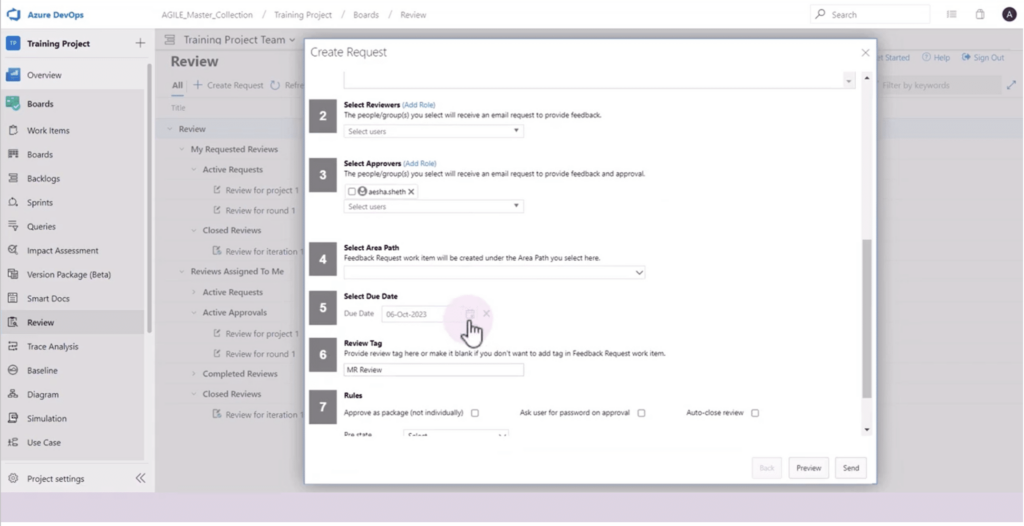
The tool streamlines the approval process for work items and captures changes with an integrated Baseline module. It supports e-signatures for approvals and tracks requirement changes effectively. This is especially beneficial in Agile methodologies where requirements frequently change.
Step 6 - Requirements Management and Change Control
This step is important because it helps prevent costly errors and rework, ultimately contributing to the project’s success. Even after requirements are finalized, change requests can come from various sources.
Teams must assess the impact of changes on the project scope, scheduling, budgeting, and objectives. The tools and techniques teams use for managing changes include version control and impact assessment tools. They allow you to manage change by maintaining prior versions and enabling traceability.
1. Version Control: This tracks and manages software versions, facilitates building versioned documents, and supports auto-updating requirements to enhance traceability and reduce conflicts. You can also handle document versions within Document Management and Smart Docs.

2. Traceability: The Trace Analysis module in Modern Requirements4DevOps manages traceability, generates traceability matrices, and avoids conflicting requirements, all within Azure DevOps.
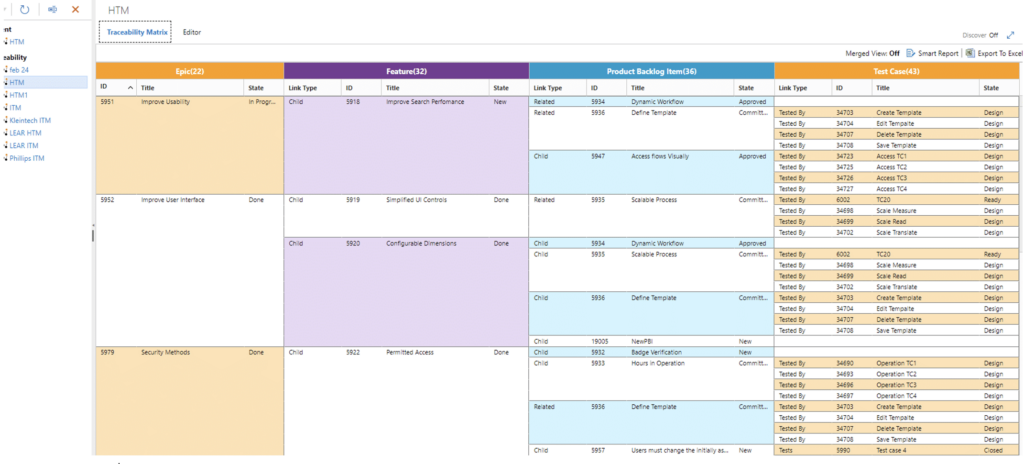
4. Mastering Requirements Gathering Techniques for Project Success
Requirements gathering is essential in project management and software development and provides a clear roadmap for successful project outcomes. Effective requirements gathering ensures that projects are aligned with stakeholder expectations and are executed efficiently, minimizing risks and enhancing communication.
Using tools like Modern Requirements4DevOps can empower your team to ensure project success.
5. Other Questions about Requirements Gathering that People also Ask
- What is requirements gathering in agile?
Agile requirements gathering prioritizes collaboration and adapts flexibly to changes, ensuring consistent alignment between the development process and evolving customer expectations. It is based on the Agile methodology for requirements management.
- What is the requirements gathering in SDLC?
In the software development life cycle (SDLC), gathering requirements helps create high-quality software to meet business objectives and customer expectations.
- How to gather requirements in Agile?
Techniques include:
- Interviews
- Questionnaires or Surveys
- User Observation
- Document Analysis
- Interface Analysis
- Workshops
- Brainstorming
- Role-Play
Treat requirements gathering as a repetitive and refining process.
Request a Demo!
- Schedule a demo with one of our trained product experts.
- Receive a personalized demo that mimics your team's process
- Engage our experts on topics such as workflow or best practices.

Reduce UAT Efforts
50% Reduction in UAT efforts

Proven Time Saving
80% time saving on creating Trace Analysis

Streamline Approvals
Significant reduction in approval delays

Increase Performance
50% requirements productivity improvement

Reduce
Rework
10-fold reduction in development rework

Simplify Compliance
40% reduction in compliance reporting efforts

